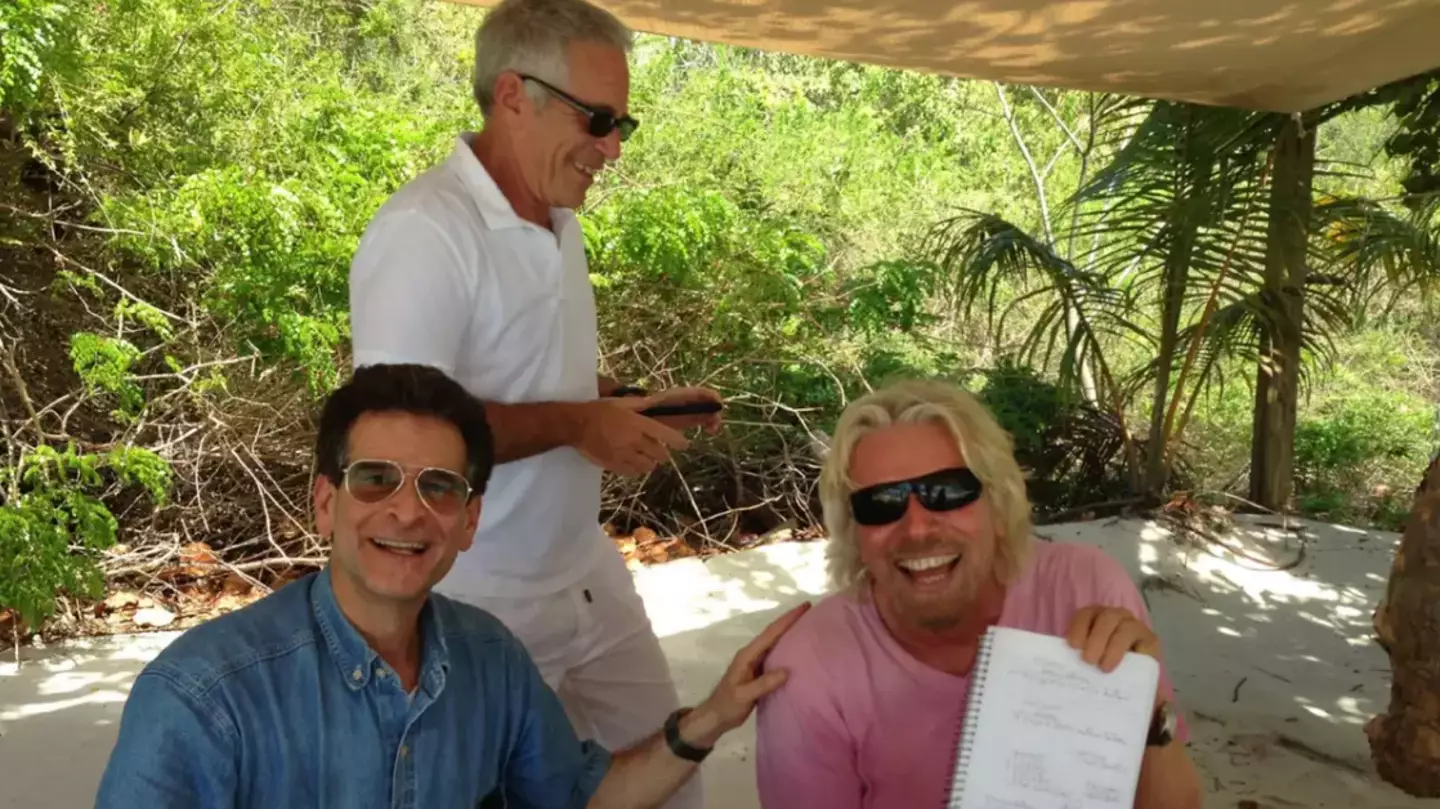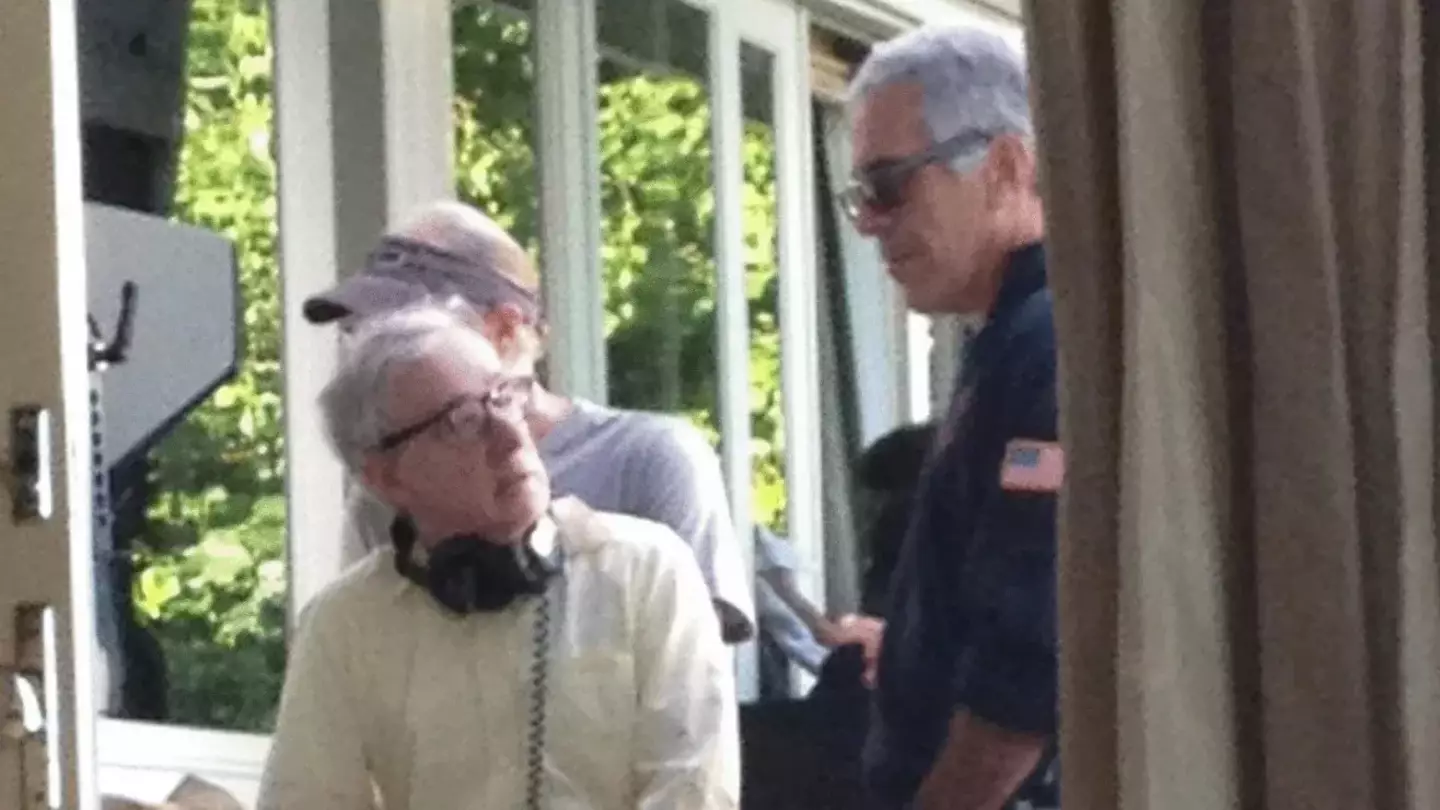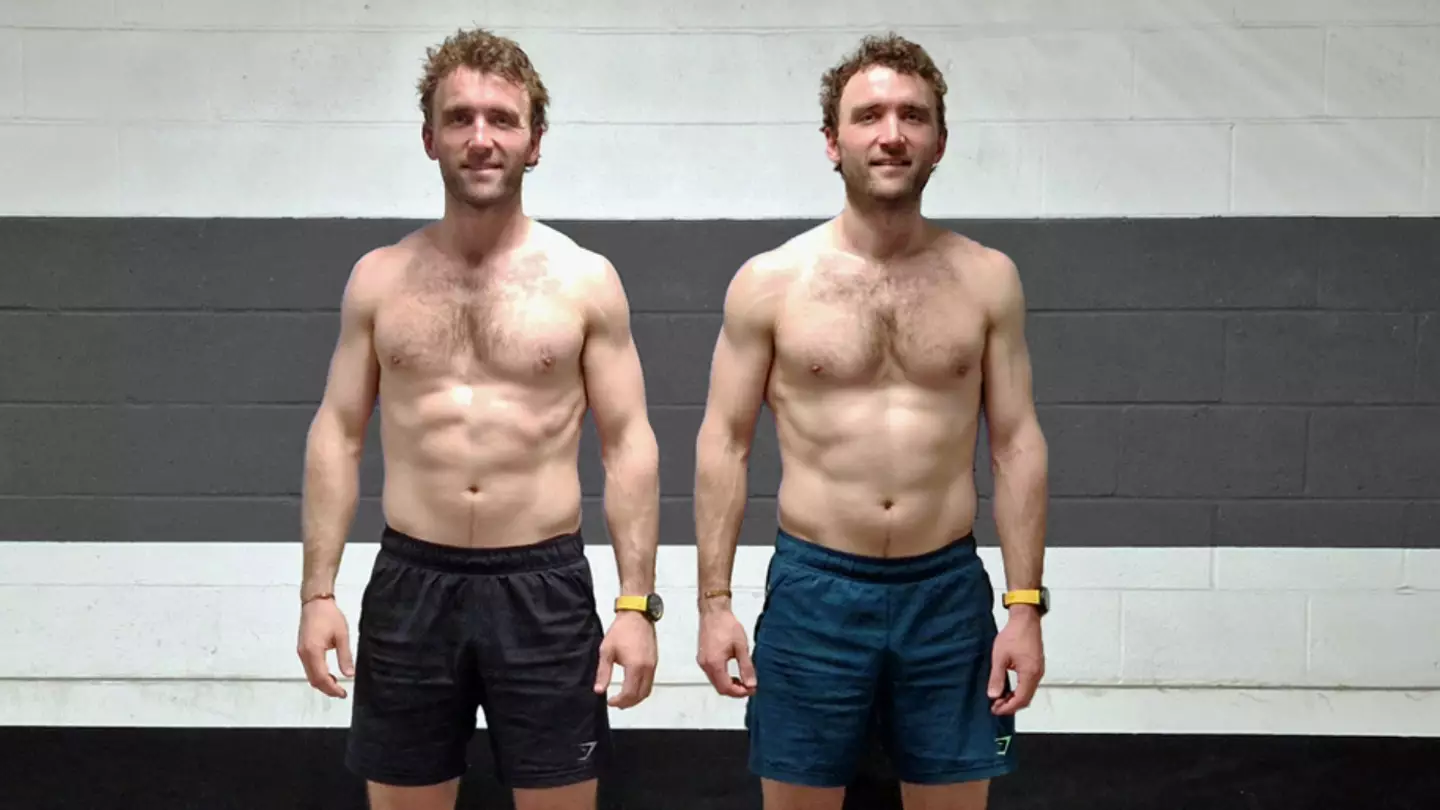


People reckon the devil really is in the details with these photos

The body goes through a process called 'deconditioning'

The King addressed the UK and provided a rare update on his cancer treatment

He appears in a number of the images, including Trump brand condoms

The Great North African Eclipse will see the Earth plunged into darkness as the moon completely eclipses the sun for more than six minutes

A number of celebrities have been pictured in newly released images alongside Jeffrey Epstein

Electric cars are cheaper to maintain than petrol cars but are they cheaper to charge?

One to bear in mind the next time you're there

Here are your compensation rights if you've been affected by Virgin Media being down

There are plenty of recognisable faces among the new releases
breaking

Healthier than smoking doesn't mean it's without risk

Alicia Kemp collided with father-of-two Thanh Phan while riding an e-scooter under the influence of alcohol

The billionaire has had a big change of heart

The adult star has been fined and deported for her actions on the Indonesian island

Charlie Kirk's widow has made a request following Robinson's first court date

As the NHS struggles to cope under the pressure of the 'super flu' surge, it's important to know when to seek help

The health professional explained the negatives that come with GLP-1 drugs

He's been having treatment for nearly two years now

The decision has sparked concern amongst some Vatican officials
breaking

He experienced one 'unpleasant' side effect

He says we must prepare for conflict

The then-teenager killed two men in the midst of riots in Wisconsin

It was another particularly dark episode




